Who are the People of Fiji?
It’s a bit complex.
Fiji is a diverse society comprised mostly of iTaukei–the major group of indigenous people who are an admixture of Melanesian and Polynesian.
There are also indigenous Polynesians, who inhabit the island of Rotuma, a Polynesian outlier that is part of the Fiji archipelago.
There’s also large cohort of Indo-Fijians who came to Fiji as indentured laborers to cut sugarcane. There’s also people of Chinese and Europeans extraction who have migrated to the islands since the 19th century to find a better life.
In addition to the above mentioned ethnicities there are folks whose ancestry can be traced to two or more of these groups. Colloquially this mixed-race segment of the population refer to themselves as “fruit salad” (not a pejorative).
With a population of over 900,000, the breakdown is: Indo-Fijians (38%), Fijians or iTaukei (56%), ‘part-Europeans’ (1.7%), Europeans (0.7%), Rotumans (1.4%), Chinese (0.9%) and other Pacific Islanders (1%). (Note that the term ‘Europeans’ refers to white residents of Fiji, unless specified.) The late Fijian statesman Ratu Sukuna spoke of Fiji as a ‘three-legged stool’ requiring the support of Fijians, Indians, Europeans and other races to keep it upright.
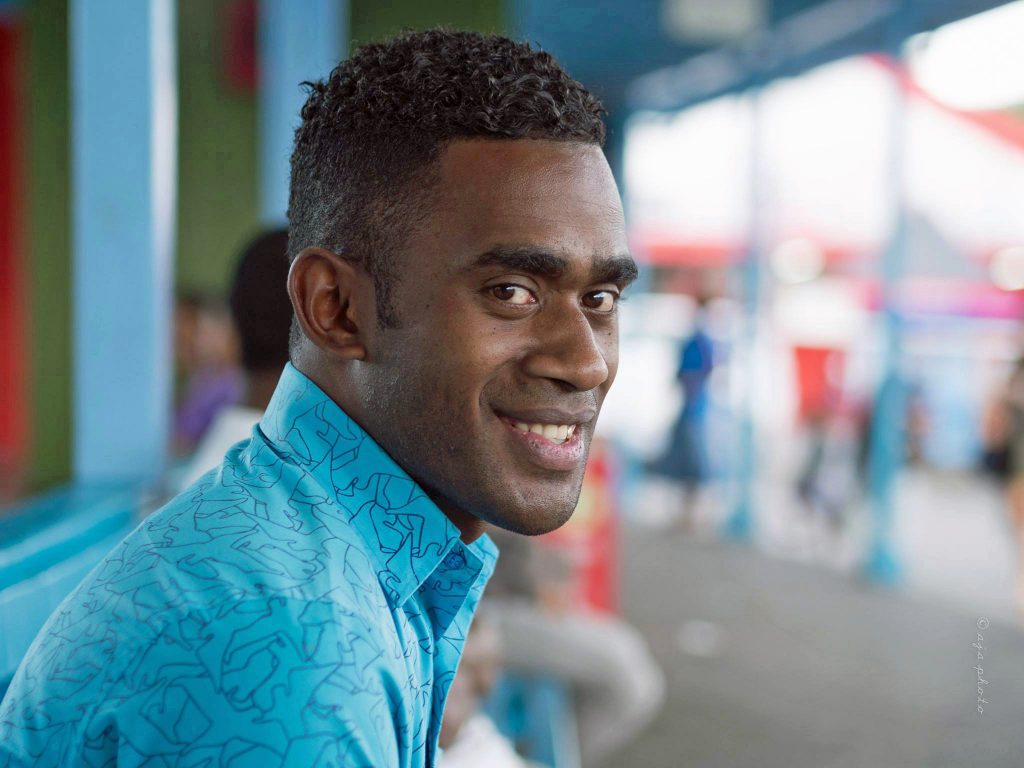
Fijians or iTaukei the indigenous inhabitants of Fiji, are Melanesians who possess a mixture of Polynesian blood which is very apparent in the eastern islands (such as the Lau group), but less so in the west and interiors of the main islands. Many of the present chiefly families trace their descent, through 11 or more generations, from strangers who sailed or drifted to these shores from distant islands, and who settled singly or in small groups among the Melanesian people already occupying the land.
The strong Polynesian influence, both physical and cultural, is due primarily to visiting parties of Tongans, many of whom stayed in Fiji for years or settled permanently. Eastern Fiji is thus the frontier on which two streams of migration – Melanesians from the west and Polynesians from the east – met and mingled.
Melanesians are characteristically short and dark-skinned, with fuzzy hair. Polynesians are generally tall and well built, with fair skin and straight hair. The intermingling of these two races has produced in Fiji a variety of physical types, ranging from the people of southern Lau – fair-skinned and very tall, with aquiline features – to the kai colo (hill people) who are dark-skinned, short and flat-nosed.
Culturally the differences are not so obvious, but social organization does differ between tribes from east and west.
Fijian customs reflect an utmost courtesy and dignity toward the visitor. There are ceremonies for every occasion, which may include the presentation of tabua (whale’s teeth), food or other gifts, or more commonly the drinking of yaqona (kava), the national beverage.

Fiji’s Indians can be divided into two broad cultural categories reinforced by physical differences. Those from the north of India – the ‘Calcuttas’, or ‘Calcutta Wallahs’ – came from Bengal, Bihar and Uttar Pradesh through the immigration point of Calcutta and spoke ‘village’ Hindustani. The second group was the ‘Madrassis’, who generally had darker skin and lacked the sharp features of those from the north. They were recruited from Madras, Malabar, North Arcot, Vizakapatnam and Tanjore in southern India and spoke Tamil, Telegu and Malayalam. From this amalgam of cultures ‘Fiji Hindi’ has become the lingua franca of Fijian Indians.
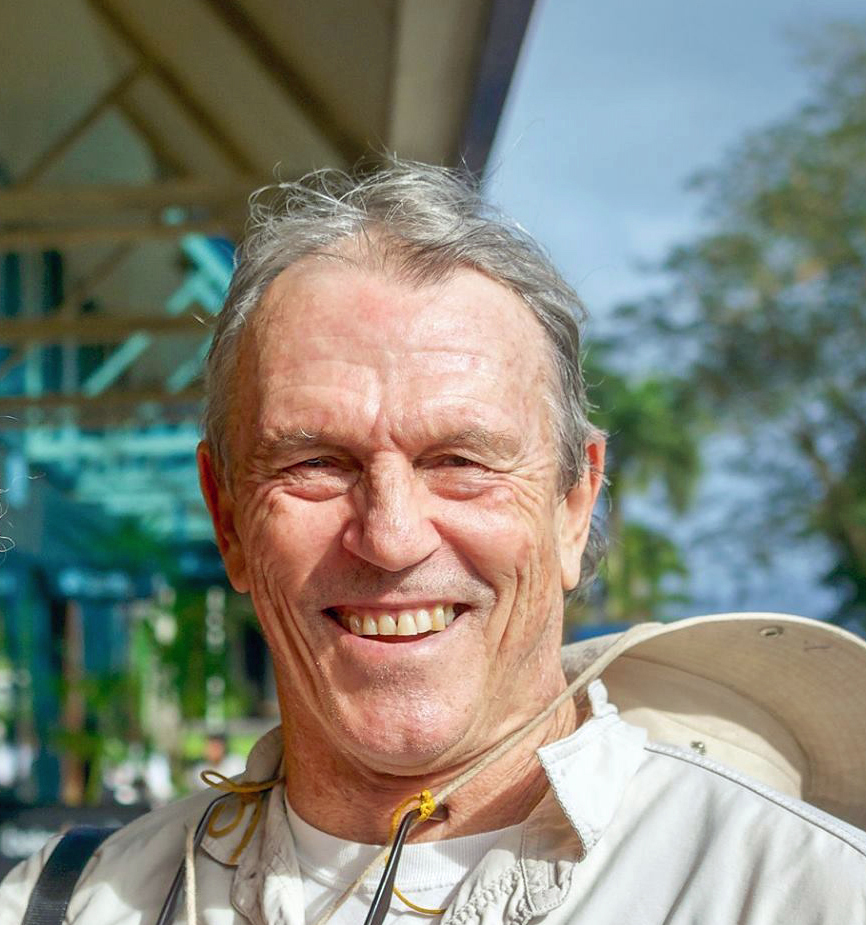
European settlement in Fiji dates from the beginning of the 19th century. None of the discoverers had any but chance contact with the locals; it was the ‘beachcombers’ – shipwrecked sailors and deserters – who first attempted to live with the natives. Despite intermittent trade, the first 50 years of the century ended with no more than 50 White residents in all of Fiji.
The demand for cotton in Europe caused by the American Civil War and the belief that Fiji would be annexed by Britain brought entrepreneurs and planters, and by 1870 the White population had grown to 2000. The primary European settlement was Levuka, the major port and center of commerce.
Alternating periods of economic growth and decline kept the European population – which was generally involved in cotton planting, commercial enterprises, or government service – fairly stable. It reached its peak in the 1960s at around 7000. After independence in 1970, many Europeans left seeking greener pastures in New Zealand, Australia or the USA. Today the European population numbers around 4200.
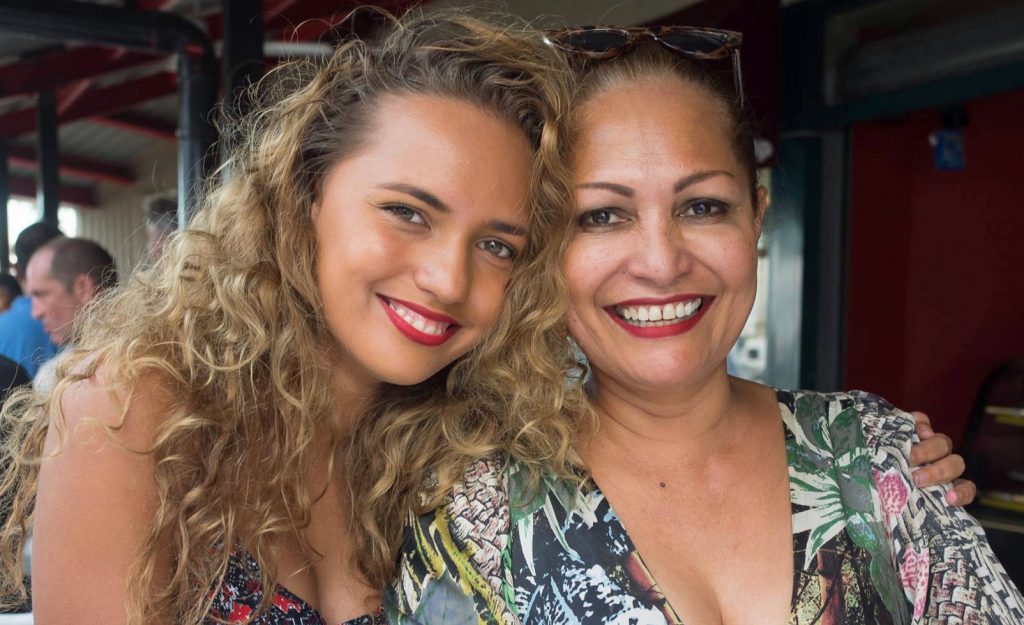
The part-Europeans, also known as kai loma, are a distinctive cultural group with one foot in the Fijian world and the other in the Western world. Many are descendants of White Australians, Americans or Europeans who established themselves either in Levuka, on the isolated coconut plantations of Vanua Levu or on the outer islands of Fiji during the 19th century, and took Fijian wives. One of the most famous part-European families is the Whippy family, directly descended from David Whippy, an American seaman who came to Levuka in 1824 and became that town’s leading citizen. By 1881 there were around 800 part-Europeans; today there are about 13,800.
The part-European’s character can be a fascinating mélange of the easy-going sensibilities of the Fijian and the business acumen of the Westerner – in effect, the best of both worlds. Part-Europeans generally speak fluent English and can at least understand Fijian, if not speak it fluently. Conversations may be carried on in both languages simultaneously, with jokes made in the tongue that best suits the story. Many still make a living in communities like Levuka or Savusavu (on Vanua Levu), in the old-time professions of planter, shipbuilder or sailor. Part-Europeans proudly trace their cultural heritage on both sides and may even enjoy land rights of the family group to which the Fijian parent belonged.
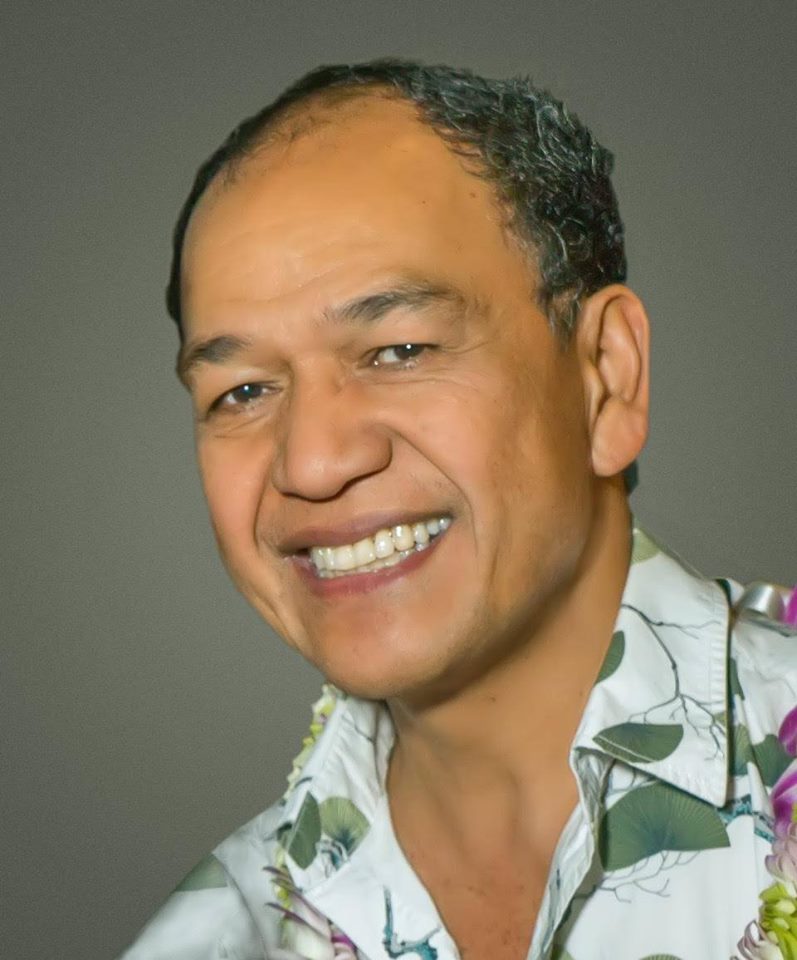
The Rotumans, a distinct Polynesian ethnic group, come from the island of Rotuma (465 km north-west of Fiji). The Rotumans ceded their island to Fiji in 1881 and have been governed as part of Fiji since then. Although the island has been politically part of Fiji since 1881, Rotuman culture more closely resembles that of the Polynesian islands to the east, most noticeably Tonga, Samoa, Futuna and Uvea. Because of their Polynesian appearance and distinctive language, Rotumans now constitute a recognizable minority group within the Republic of Fiji. They enjoy full citizenship, and many have settled on Viti Levu to find greater opportunity. (Pictured in the photo above is Vilsoni Hereniko, film director, playwright and Professor at the University of Hawaii’s Academy for Creative Media).

The Chinese, of whom there are about 5,800, first came to Fiji in 1911. Many have intermarried with the local population. The gentleman pictured above is Emosi Yee Show, of Chinese and Fijian parentage. Emosi can lay claim to be the father of “backpacker” tourism in Fiji.

The total membership of other ethnic groups of Pacific Islanders is about 7300. Tongans, who as traders and warriors have lived in Fiji for hundreds of years, form the largest part of this community. In the old days there was active commerce between Tonga and Fiji, and later in the history of this relationship the Fijians in the Lau Islands became vassals to the King of Tonga. One particular reason Tongans and Samoans came to Fiji was to build drua (large double-hulled canoes) which they couldn’t build on their own islands because of the lack of proper timber.
The second most important members of this group numerically are the Banabans, who are Micronesians. Originally from minuscule Ocean Island, which lies just south of the equator near the 170th meridian of east longitude, the Banabans were employed by a British mining company to excavate the rich deposits of phosphate that covered their island home.
When it became obvious in 1942 that the island was doomed to devastation by phosphate stripping, Rabi Island, near Vanua Levu, was given to the Banabans as a new home by the Great Council of Chiefs. However, before they could make any move towards occupying Rabi Island, Japanese troops landed on Ocean Island and the Banabans suffered greatly. At the war’s end the survivors were gathered, some from Nauru, others from the Gilberts (now Kiribati) and the Carolines; and the process of settling Rabi Island began. There are about 3000 Banabans living on Rabi Island and throughout Fiji.
Other ethnic groups include Tuvaluans (formerly Ellice Islanders), Samoans and the descendants of Solomon Islanders. The Solomon Islanders were brought to Fiji during the 19th century by ‘blackbirders’ (who might politely be called labor recruiters) as laborers to work the cotton and sugar plantations. Although these islanders have by now thoroughly mixed with Fijians, they still trace their ancestry back to the Solomons.




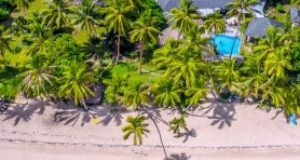
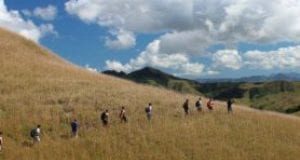
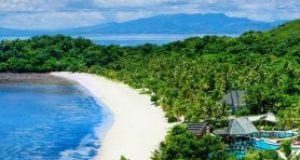
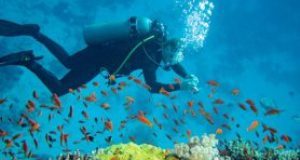
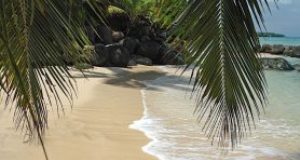
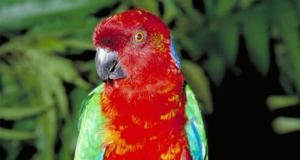
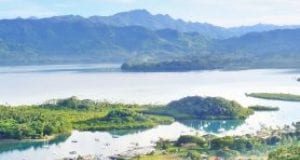

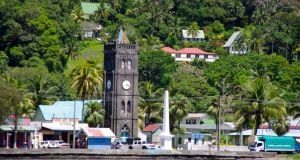
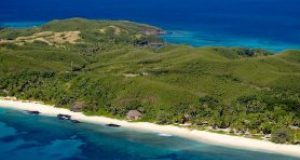


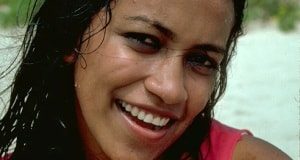


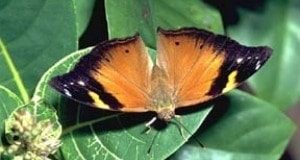



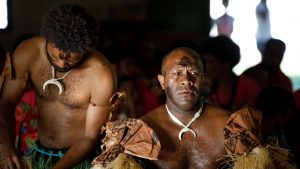
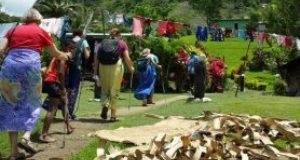

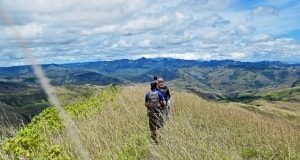
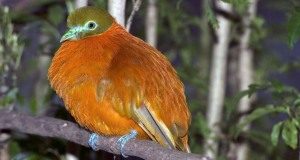

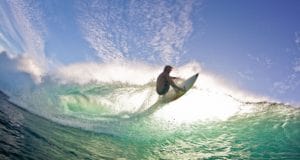
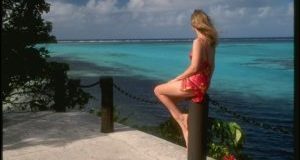

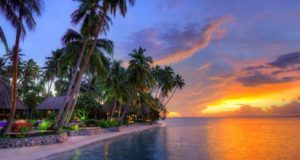



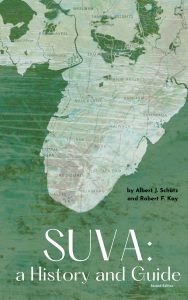
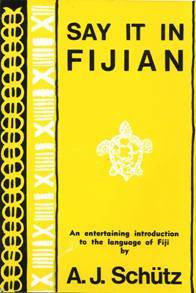

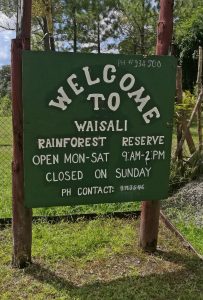
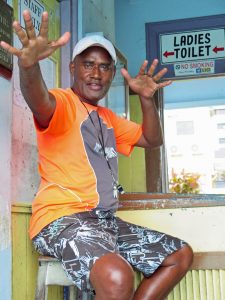
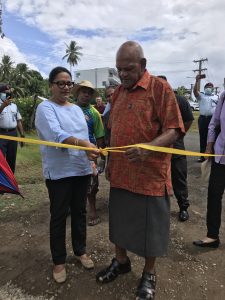

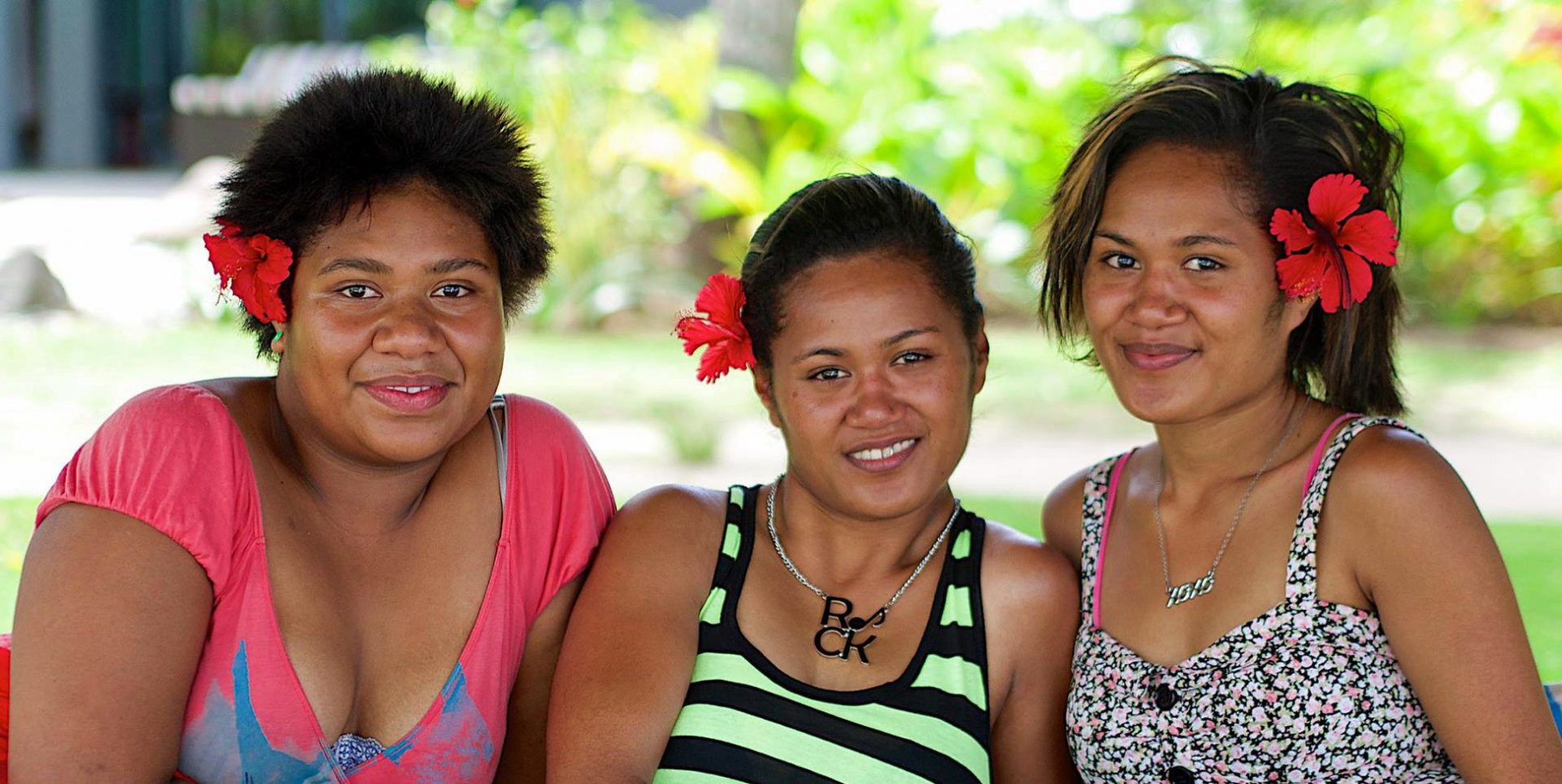
i dont think that’s what Ratu Sukuna meant by the 3 legged stool. He meant the Church, The Vanua (people) and the Government as the 3 pillars if Fijian society.
Vinaka Emosi. That’s certainly an interesting interpretation. Do you have any articles or books you can quote? I’d like to do some research on that.
With reference to Rt Sukuna’s famous “Three legged stool” text, he is referring to the Vanua, Church and Government. While the Vanua, Church and Government have different roles, they come together in partnership to prop up a nation. There’s a lot of powerful messages from Ratu Sukuna’s three-legged stool. The Church, Vanua and the Government must at least listen to each other. They may have different views, but they must find common grounds to work together to build a nation that is free, fair and honest. The concept of a three-legged stool can also be applied to finance and leadership.
To be a leader, one must first have the willingness and be ready to lead; second, the knowledge and the skills; and finally, the motivation and passion to lead. A great leader will have all components.
Rotuma was ceded to Great Britain on 13 May, 1881. Rotumans celebrate Rotuma Day because of it. IT WAS NEVER
CEDED TO FIJI. It was ‘annexed to Fiji’ by the British colonial government . The result is that since 1881, Rotuma has
been ‘administered’ by Fiji i.e. we have the same PM, Govt admin and all but Rotuma Laws (2) are specific to the island.
The demographics of the country is a pot pourri of different races, ethnicity and culture not commonly found anywhere else in the world. Amongst the immigrants from Calcutta , beside Biharis , were there some Bengalis too? In a recent murder case in Fiji, I came across a surname “Sen” which is a predominantly Bengali name. May I request someone knowledgeable in this regard to kindly inform me if they kniw of some Bengali families belonging to Fiji. I write fiction with the backdrop of Calcutta and its inhabitants. The surname “Sen” in Fiji triggered the writer’s instinct of finding a possible story.